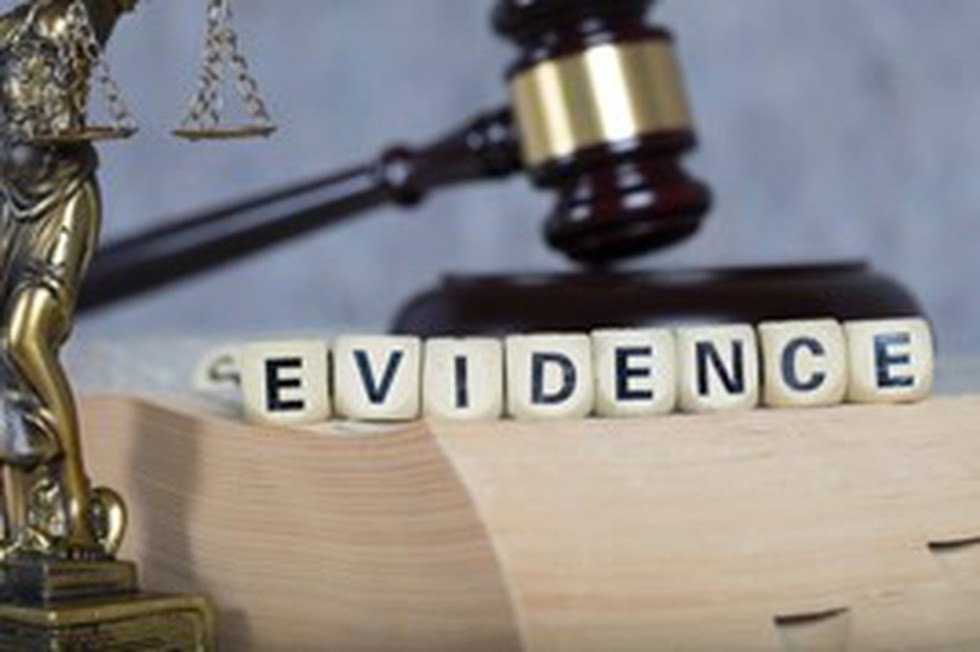What is Primary Evidence?
- It is covered by Section 62 of the Evidence Act and is considered the highest class of evidence.
- Primary evidence, also known as best evidence, refers to the actual documents produced for the court’s inspection.
- It is admissible without prior notice and takes precedence over secondary evidence.
- As per Section 62, when the document itself is produced for the inspection of the court, it is called the primary evidence. If the document is in parts, then each part forms the primary evidence.
- Example: Birth Certificate issued by a government authority.
About Secondary Evidence under the Indian Evidence Act, 1872:
- It is defined under Section 63 of the Evidence Act.
- It can only be introduced if primary evidence is not available, and the reason for its absence must be explained.
- It is considered a substitute for the original or primary evidence.
- It is generally considered to be of lower evidentiary value compared to primary evidence.
- However, if primary evidence is unavailable and the reason for its absence is explained, secondary evidence may be admitted in court.
- Different types of secondary evidence are Certified copies, Copies prepared by mechanical process, Counter foils, Photographs, Xerox copy, Photostat copy, Carbon copy, typed copy, Tape records, Counterparts, Oral accounts, Registration copy, etc.
- Example: Copy of the 10th mark sheet with Date of Birth or identification proofs like Voter Card or Aadhar Card as secondary evidence for a lost birth certificate.
- Principles laid down by the Supreme Court for examining the admissibility of secondary evidence:
- The law requires the best evidence to be given first, that is, primary evidence.
- Section 63 of the Evidence Act provides a list of the kinds of documents that can be produced as secondary evidence, which is admissible only in the absence of primary evidence.
- If the original document is available, it has to be produced and proved in the manner prescribed for primary evidence. So long as the best evidence is within the possession or can be produced, or can be reached, no inferior proof could be given.
- A party must endeavour to adduce primary evidence of the contents, and only in exceptional cases will secondary evidence be admissible. The exceptions are designed to provide relief when a party is genuinely unable to produce the original through no fault of that party.
- When the non-availability of a document is sufficiently and properly explained, then secondary evidence can be allowed.
- Secondary evidence could be given when the party cannot produce the original document for any reason not arising from his default or neglect.
- When the copies are produced in the absence of the original document, they become good secondary evidence. Still, there must be foundational evidence that the alleged copy is a true copy of the original.
- Before producing secondary evidence of the contents of a document, the non-production of the original must be accounted for in a manner that can bring it within one or other of the cases provided for in the section.
- Mere production and marking of a document as an exhibit by the Court cannot be held to be due proof of its contents. It has to be proved in accordance with the law.
